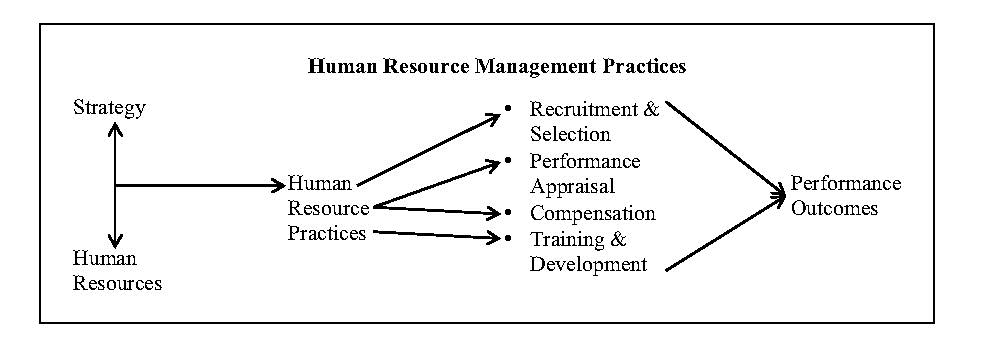 Businesses of all sizes face an ever more brutal hypercompetitive landscape. Sources of competitive advantage developed in one period are often too fleeting, leaving business leaders scratching their heads about how best to think about strategy and execution. Companies that once were synonymous with their particular industry (e.g., Sears in retailing, General Motors in automotive, Eastman Kodak in photography, Xerox in photocopiers) have become today’s business school case studies about misdirection, complacency, technological obsolescence, or the rise of unforeseen competitors that have fundamentally changed the economics and methods of creating value. Regardless of relentless changes in technology, customer needs, value-creating activities, distribution systems, and management systems, the only constant are employees. Each business begins and evolves with a strategy that is based on its customers (who it will serve), its processes (how it will create value to serve them), its leaders (their priorities, focus, dedication to the business), and its people (who it hires, develops, retains). At its heart, strategy is a coherent set of integrated choices about what an organization will do in order to accomplish its goals and objectives. Integrated choices refer to the fact that there are many functions and avenues related to managing the business—for example, how will we enter a market, which customers will we serve, how will we create the product/service, which technologies will we invest in, how do we grow over time. How a business decides to answer one question has a direct impact on the others.
Businesses of all sizes face an ever more brutal hypercompetitive landscape. Sources of competitive advantage developed in one period are often too fleeting, leaving business leaders scratching their heads about how best to think about strategy and execution. Companies that once were synonymous with their particular industry (e.g., Sears in retailing, General Motors in automotive, Eastman Kodak in photography, Xerox in photocopiers) have become today’s business school case studies about misdirection, complacency, technological obsolescence, or the rise of unforeseen competitors that have fundamentally changed the economics and methods of creating value. Regardless of relentless changes in technology, customer needs, value-creating activities, distribution systems, and management systems, the only constant are employees. Each business begins and evolves with a strategy that is based on its customers (who it will serve), its processes (how it will create value to serve them), its leaders (their priorities, focus, dedication to the business), and its people (who it hires, develops, retains). At its heart, strategy is a coherent set of integrated choices about what an organization will do in order to accomplish its goals and objectives. Integrated choices refer to the fact that there are many functions and avenues related to managing the business—for example, how will we enter a market, which customers will we serve, how will we create the product/service, which technologies will we invest in, how do we grow over time. How a business decides to answer one question has a direct impact on the others.
Leave a Reply